Topaz Labs, the company behind the wildly popular DeNoise AI, Sharpen AI, and Gigapixel AI, has made a huge change. These apps, once a triad of separate programs to fix your photographs, are now combined into one beefy app that is here to save the day. Meet Topaz Photo AI, your new best post-processing friend. Let me show you how I used it to save my low-light wildlife photographs.
If you’re familiar with a prior article that I wrote on "How to Improve Your Wildlife Photography with the Topaz Image Quality Bundle," you may recall that I have been using DeNoise in my workflow for years. As a wildlife photographer, some amazing moments happen when the light is just not there. I have photographed animals during a snowstorm when the sky is completely overcast, and the bright snow and dark subjects and backgrounds really challenge your camera. Other times, I have been photographing wild horses at sunset, and the action picks up as they fight over territory. The light goes, but the horses are still sparring. So, I keep photographing. A special moment years ago, I was in Alaska photographing the coastal brown bears. It was blue hour, and one bear suddenly leapt into action when fishing for salmon and raced through the water. I photographed it, but the light was so low that the image quality and exposure were just not good. Well, the release of Topaz Photo AI was a perfect time to dig into some of those older photos as well as a few new ones with noise, motion blur, and more to see just what this app can do.
Before I dive in, it's worth noting there's currently big Black Friday/Cyber Monday sale available on the Topaz Labs website. You can get the Everything Bundle for $279 (it is usually $757.97), which includes Topaz Photo AI, DeNoise AI, Sharpen AI, Gigapixel AI, and Topaz Video AI. The popular Image Quality Bundle is on sale for $159 (this one is usually $458.97), which has Topaz Photo AI, DeNoise AI, Sharpen AI, and Gigapixel AI. They also have sales on upgrades and standalone products if you just want one app. Check out those deals here. Now, on to the good stuff.
What’s New in Topaz Photo AI Vs. DeNoise AI, Sharpen AI, and Gigapixel AI?
With Topaz Photo AI, three apps have been combined into one to help us all save time in our post-processing workflow. Now, instead of bouncing between the three, you can do it all in one. If that wasn’t big enough, they also added a new feature called Autopilot. When you load up an image, Topaz Photo AI analyzes it and tells you what it needs, then applies the necessary changes automatically. It can tell if your image has motion blur, lens blur, or noise and what type. It loads up the changes, and you can use sliders to adjust the strength. A green mark shows you the recommended settings. I found it to be surprisingly accurate and rarely had to tweak any adjustments.
The neat thing about Topaz software is that it uses artificial intelligence. This smart programming learns from the photograph, and after being tested on millions of images, it understands complex textures like fur, hair, and foliage and how it should affect those areas. Topaz Photo AI can pick apart the noise or blur in high detail and creates new pixels to replace the noise to match the actual photograph contents. It is cool to see it run over the image and detect the cause of blur, like missed focus or motion, and then fix it. It doesn’t just increase edge contrast, but actually picks apart your pixels and organizes them for you based on the cause of the issues. The software also detects the subject and will approach that area differently than the negative space or flat areas. This is truly modern software at your fingertips.
Another nice update is that Topaz Photo AI definitely feels faster as it runs the settings over my photograph and exports the image to my hard drive. Plus, with having all three pieces of software in one, it does all three processes in less than the time it would take to do one before! Saving time in our busy days is always welcome.
My Results Testing Topaz Photo AI
When approaching testing software that fixes image quality, I really go hard. I dug up some of my sad, old low-light wildlife photographs full of every kind of noise and blur. I also grabbed a few newer images that could use a little sprucing up. I wanted a good selection of issues to see how Topaz Photo AI would perform.
I started easy with photographs that were slightly noisy or a touch out of focus. These are likely your everyday types of common issues. The software made quick work of them, and the Autopilot feature snapped them up hungrily to produce very pleasant results. I increased the difficulty, adding in lower-light or more out-of-focus motion blur images as I went. From backlit tern chicks at sunrise to wild horses in no light, the software improved them all. It is sometimes difficult to tell the changes on a small computer screen or phone as the software is reducing noise and sharpening, so I made sure to include screenshots super close as well and before and after images so that you all can see the magic.
Basic Edits



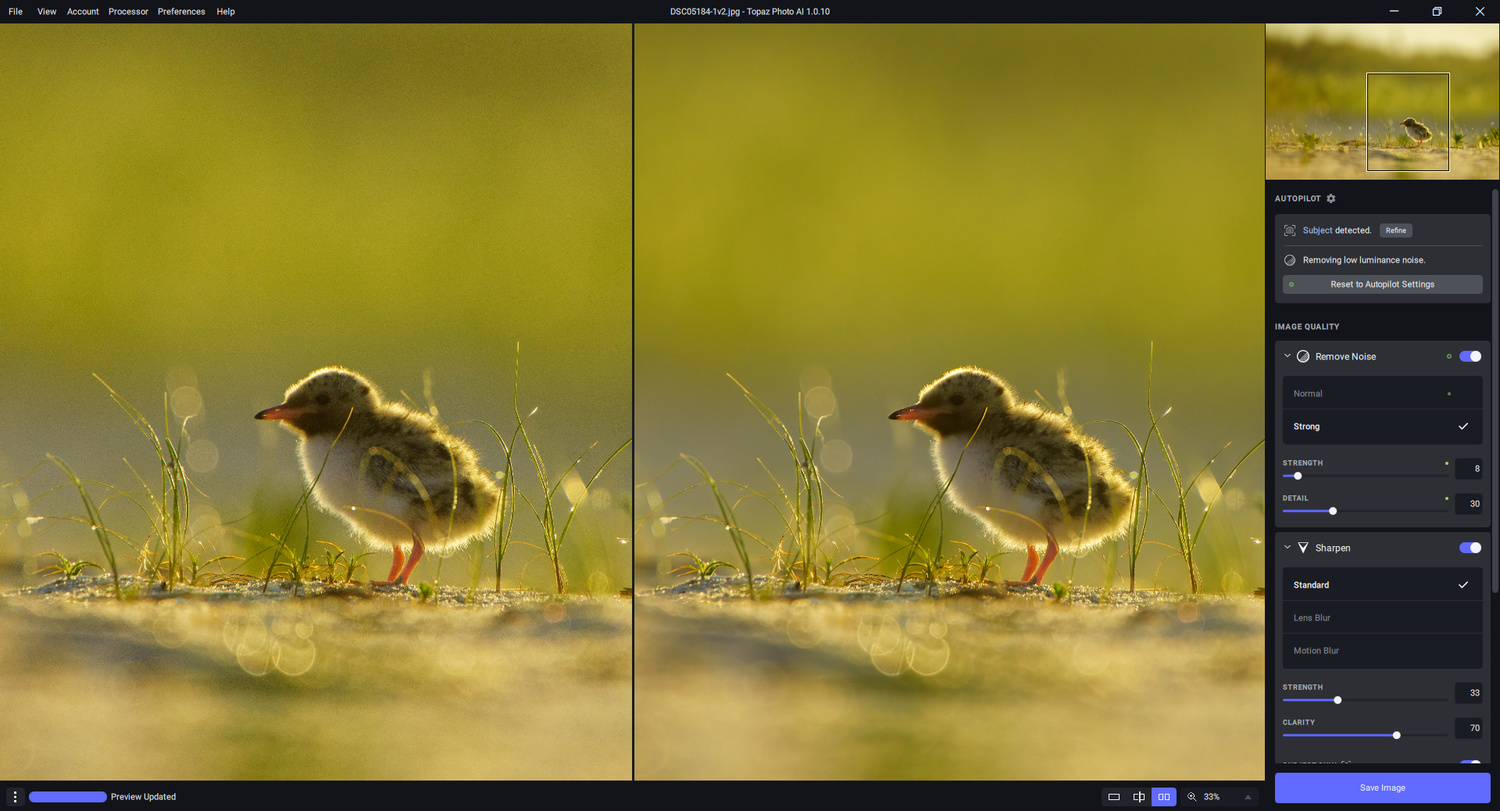

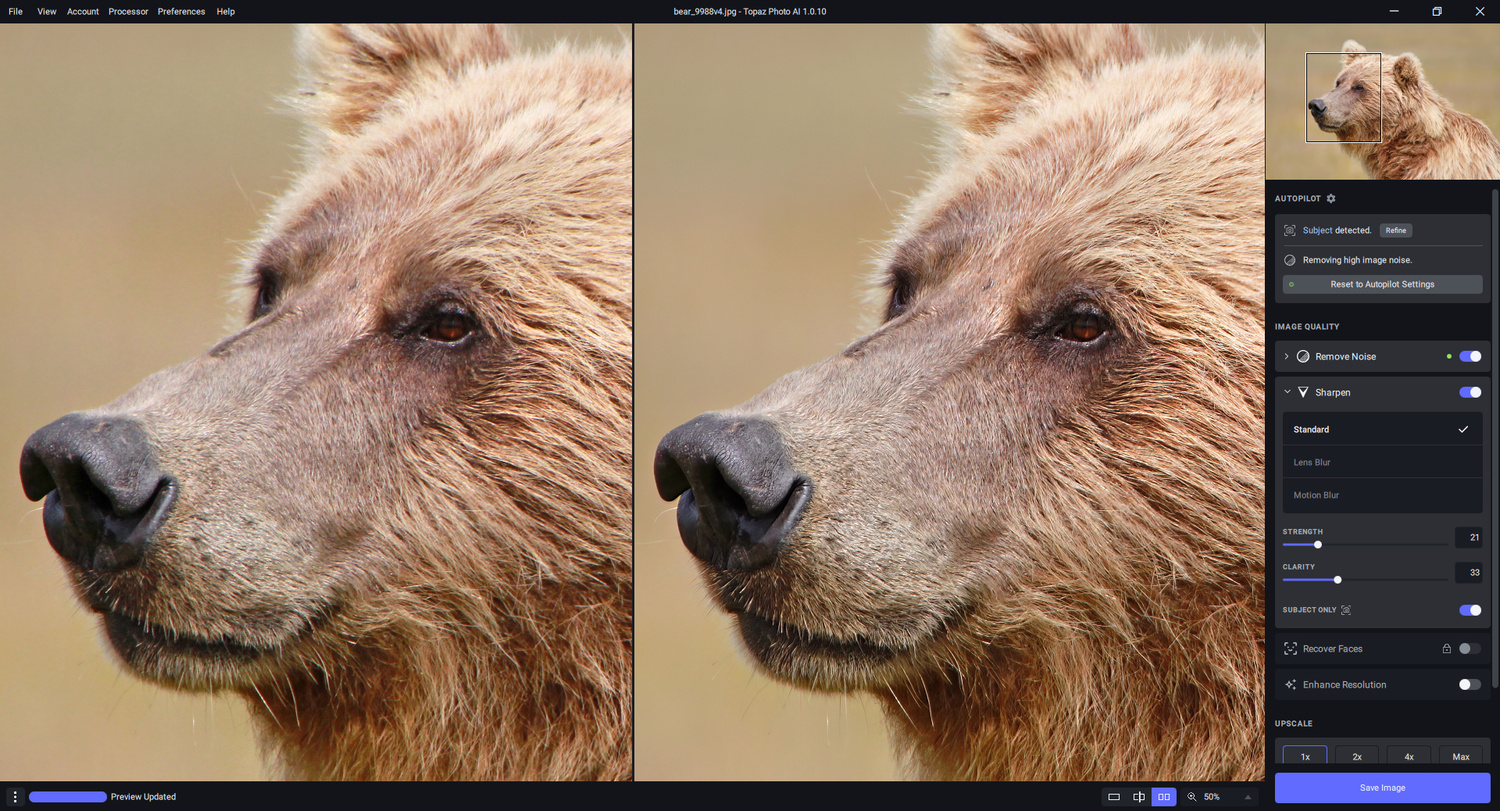
Difficult Edits
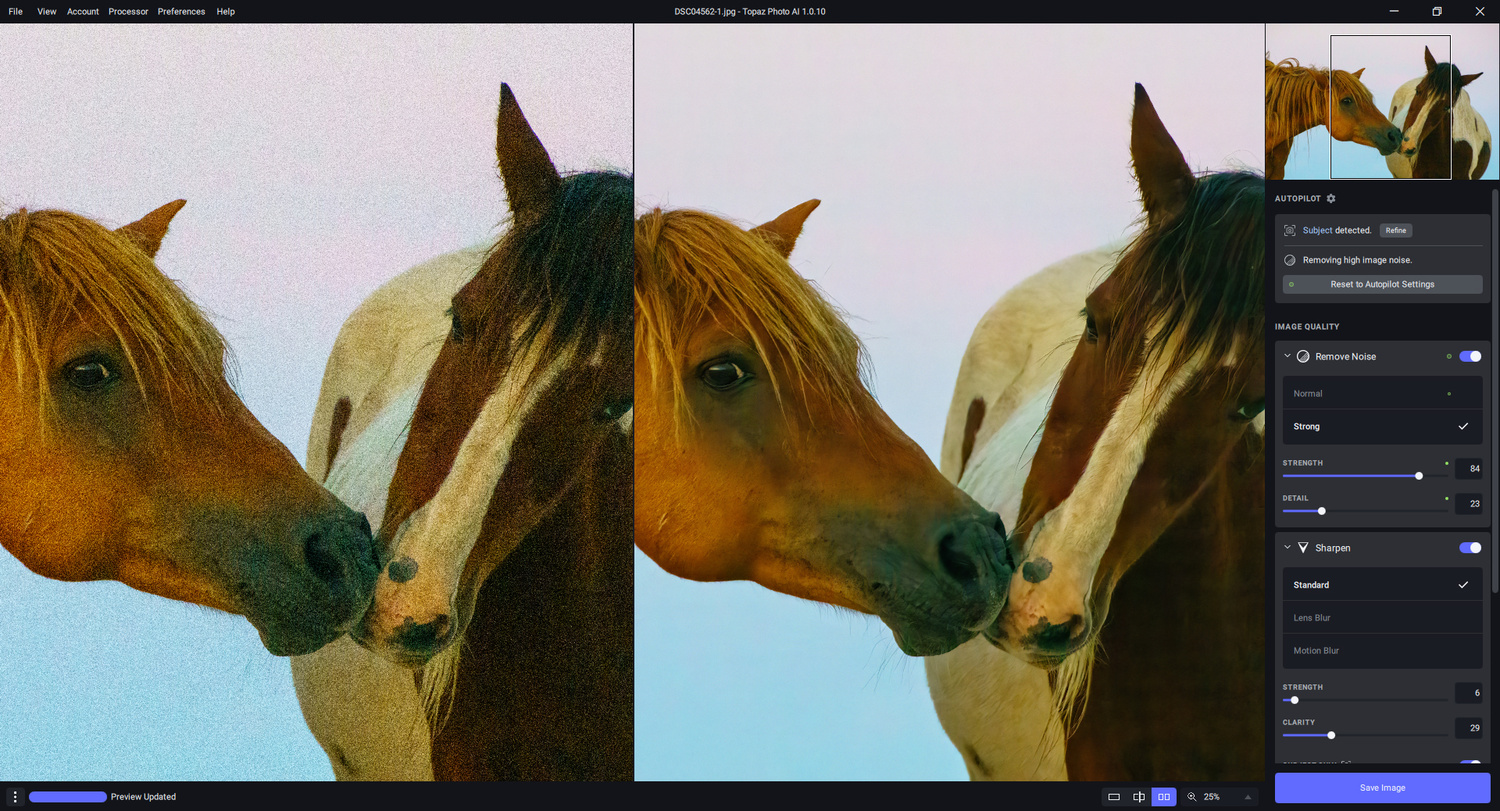

Extreme Edit
Confident that Topaz Photo AI can fix our everyday image quality woes, I now sought to challenge the app a bit. Yes, it was time. I grabbed the crustiest photograph that I could find. Luckily, I always photograph in raw format because to save this image, we needed every bit of data available. I still had this photograph due to it being a special moment. As I mentioned earlier, it was a wild bear fishing in Alaska. The light was gone; it was the last of blue hour, just barely. Wildlife, however, is on its own schedule, of course. So, the bear that I had been photographing suddenly burst into action, racing through the river after a salmon. I didn’t miss a beat and photographed the entire sequence with one favorite image from the set. The water droplets flying in the air, the bear's claws scratching forward, eyes locked, fur flying: this photograph had everything I wanted, except for the light! The resulting image was dark, extremely noisy, and just dull. So, it sat in my archive, gathering dust until now.
To fix the photo, I first dragged it into Lightroom to bring up the exposure, pull away the shadows, lessen the highlights, and make color correction adjustments. As you may have experienced in your own photographs, when you have to adjust a photo and drag the sliders that hard, it just introduces more noise and degrades the photo further. I let it happen and ignored that to make the necessary exposure and lighting adjustments to the photo, regardless of quality. This is where Topaz Photo AI shines. While you can use it as a plugin for your favorite main post-processing software, I like to use it as a standalone afterward. So, I closed Lightroom and dragged the image into Topaz Photo AI, took my hands off the wheel, and let the app take control. It whizzed through the photograph, easily detecting and alerting me to the high image noise, then applying its Autopilot settings. I decided to go a bit harder, selected the strong mode, and dragged the sliders further to surprising results. What was a photo that should have been deleted was now usable, the moment recovered. It shows the story of that scene without the unpleasant distraction of motion blur and extreme noise. Are there any photographs of yours that you can picture fixing?
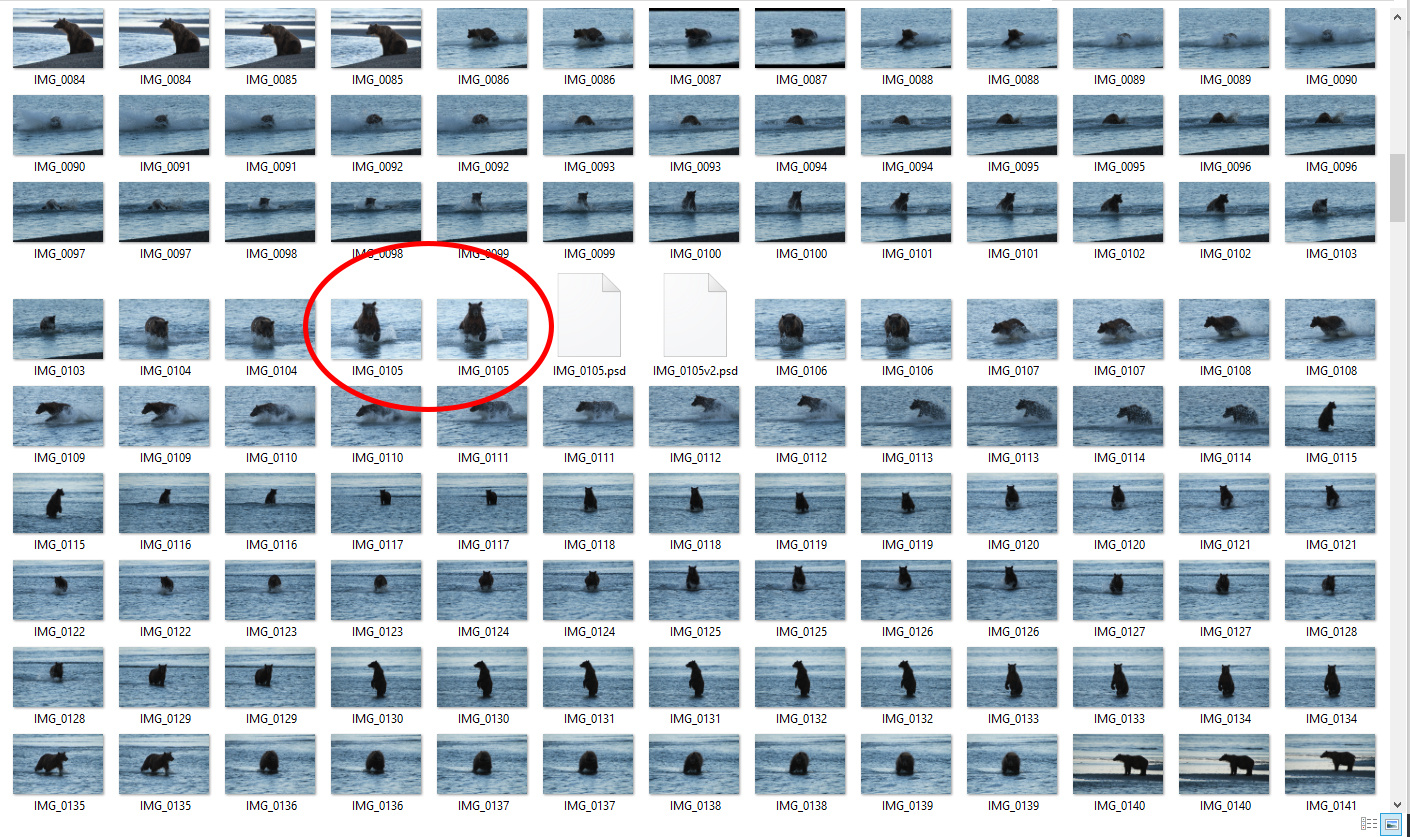
This is the sequence of the bear leaping into action and racing through the water. My favorite moment is the one that we will fix in this test.

RAW File (Just Added Watermark)

Final Thoughts
As I regularly photograph in low light, Topaz Photo AI is now part of my post-processing workflow. I am excited to have cleaner photographs and can’t wait to run it on my wildlife, landscape, and even night sky images. With software like this, it may even change my thought process in the field, because when the light goes, I know that I can still produce work. Why pack up when I can just crank my ISO and still capture amazing photographs? How cool is that?
If you would like to add Topaz Photo AI to your workflow too, you can find it on the Topaz Labs website here. If you plan on getting something, make sure you do it in the next few days to take advantage of their Black Friday and Cyber Monday sale. There is a deal for everyone to help you improve your photographs with modern AI technology.

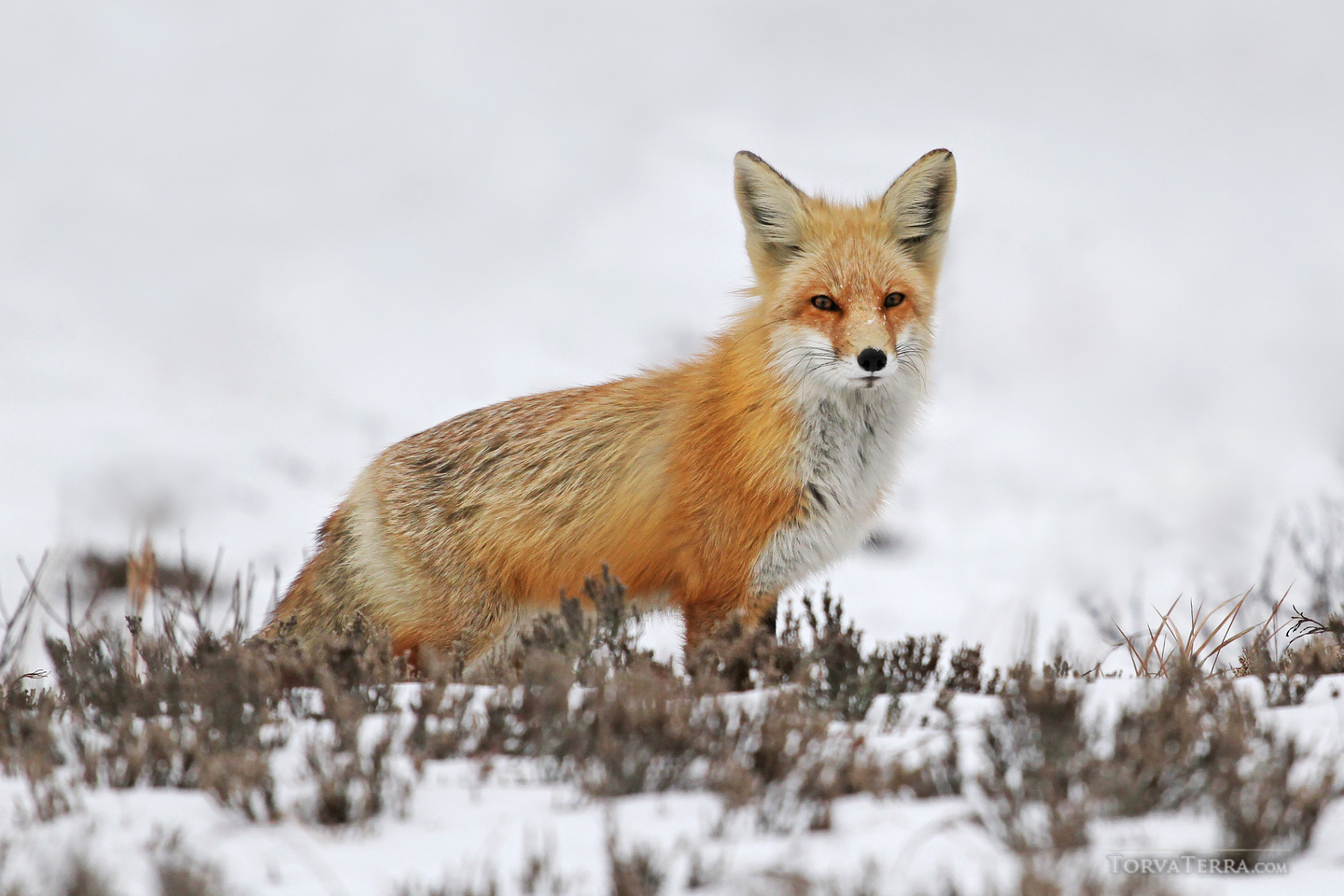



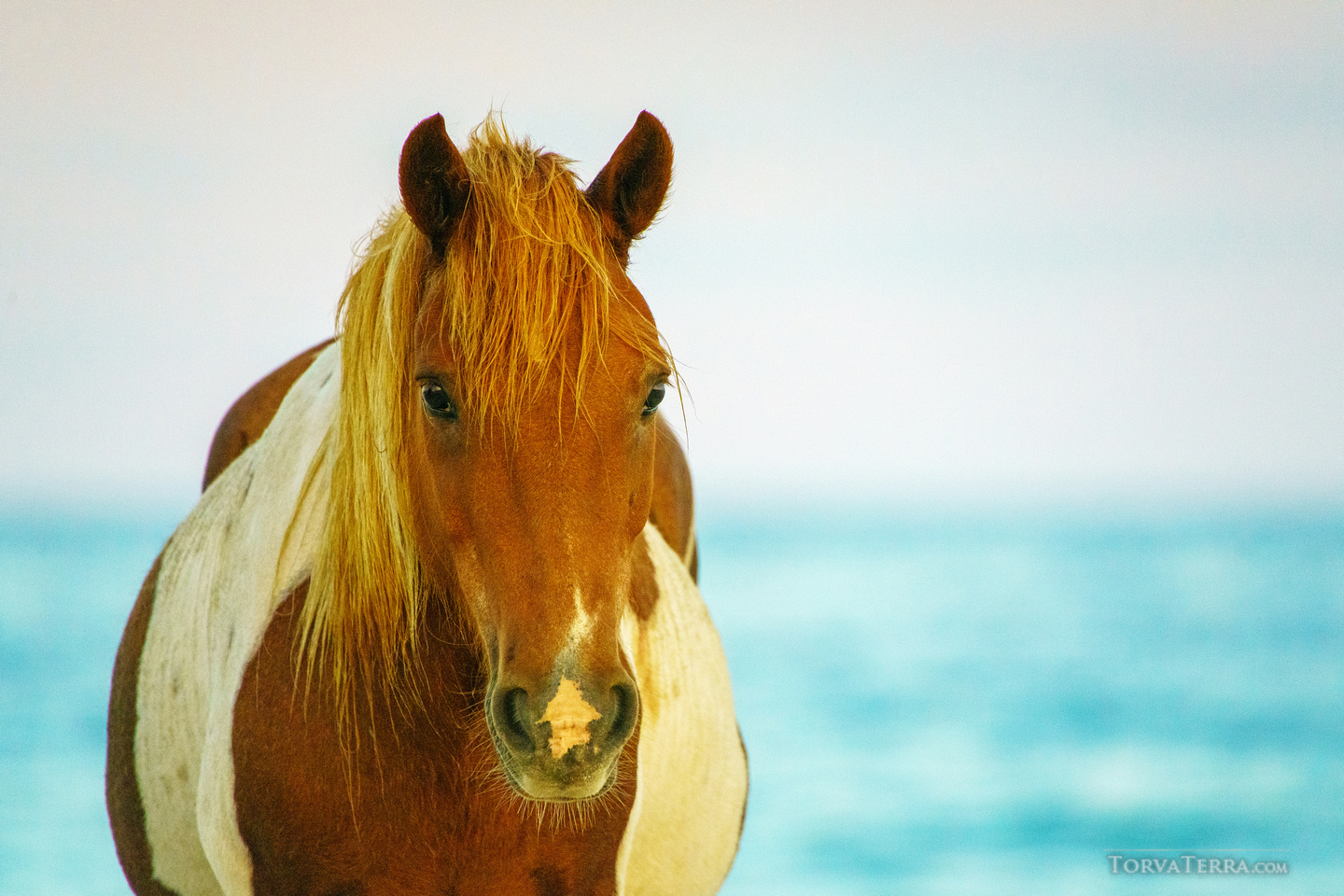






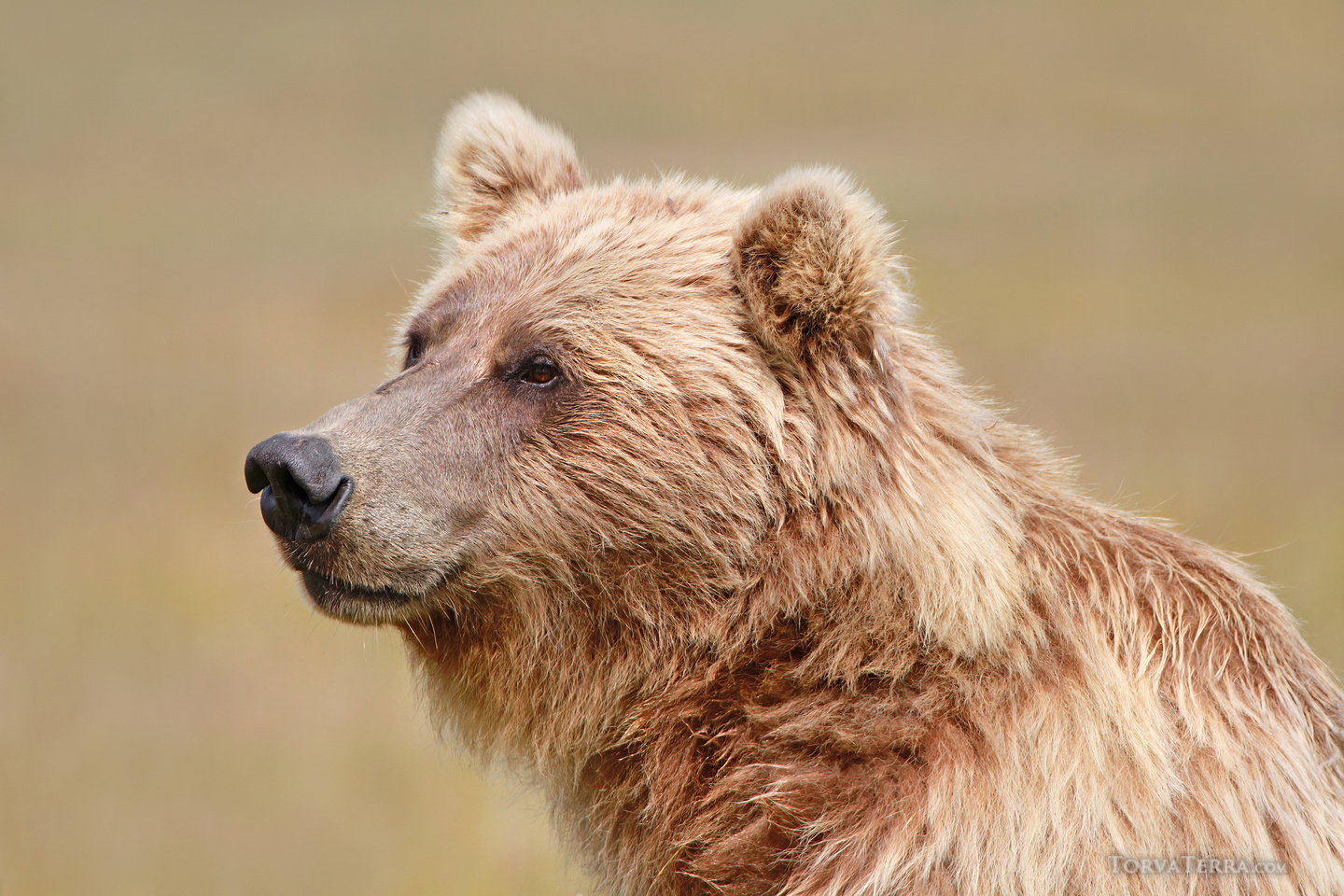





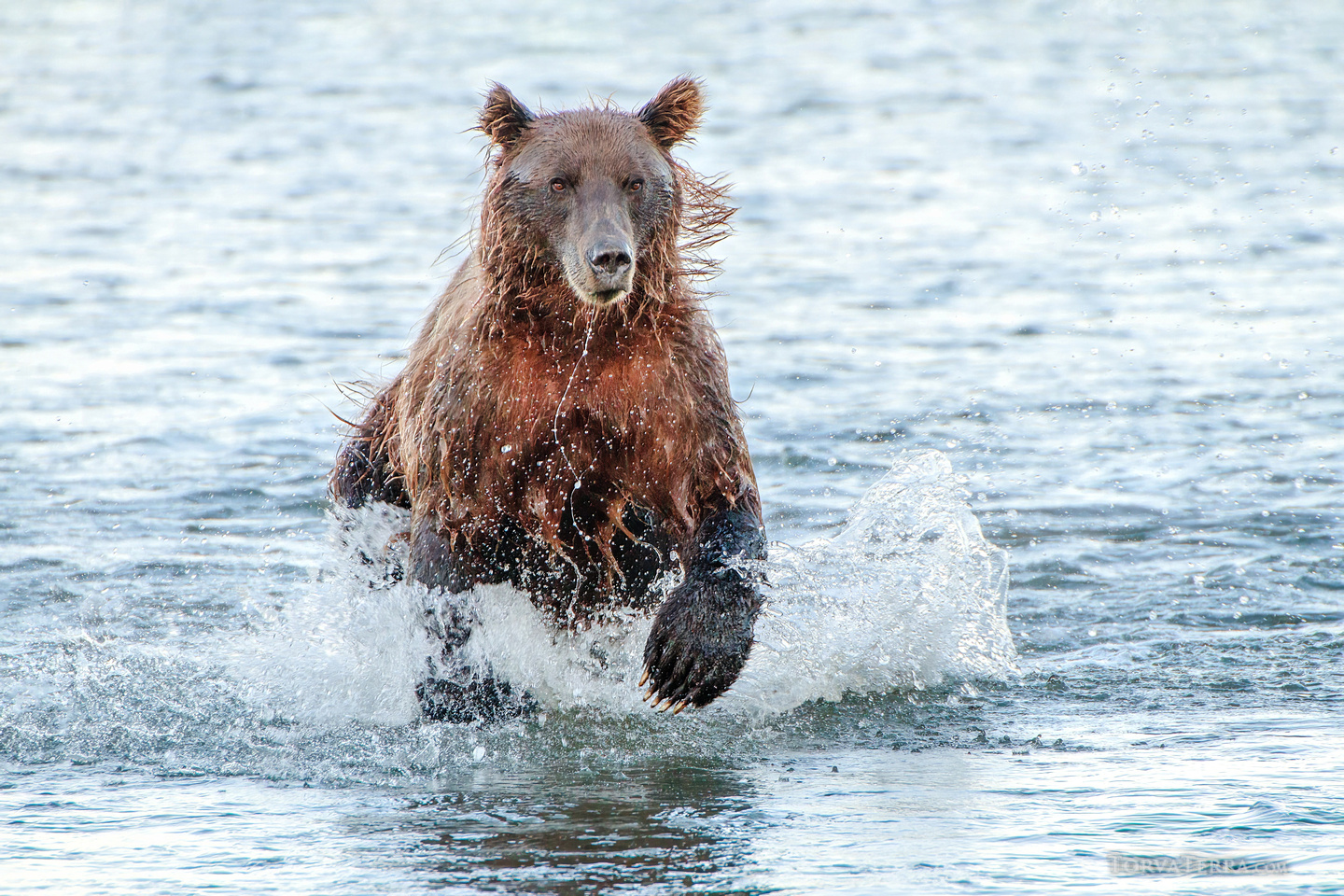






looking at your before and after I wonder why you title the article the way you did. Just like my experience of these tools which I own, the difference is slight. When you really have blurred or noisy images the apps fall way short of their promise.